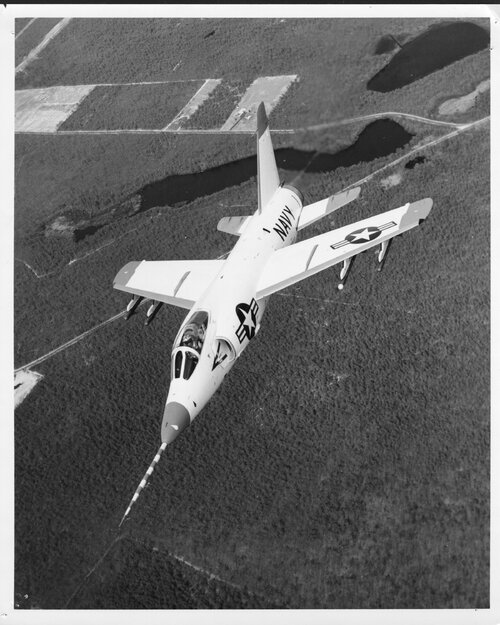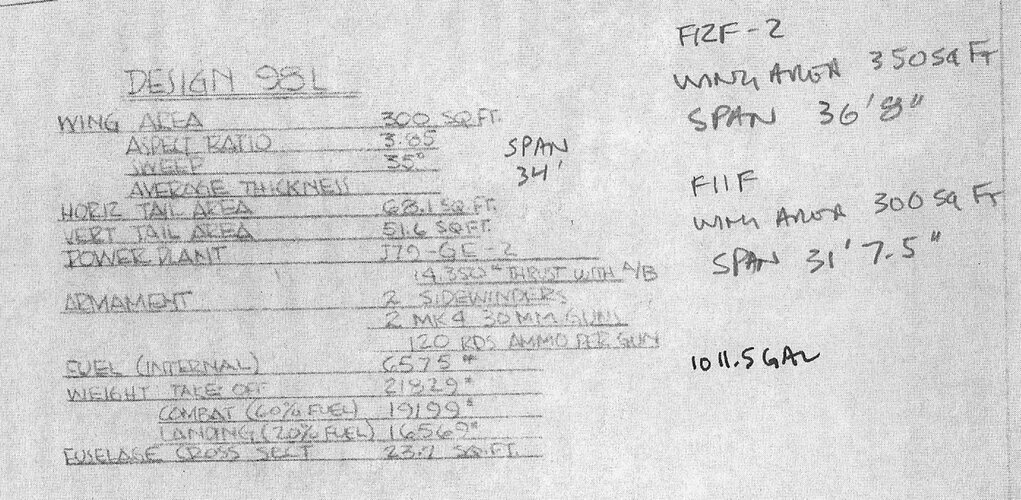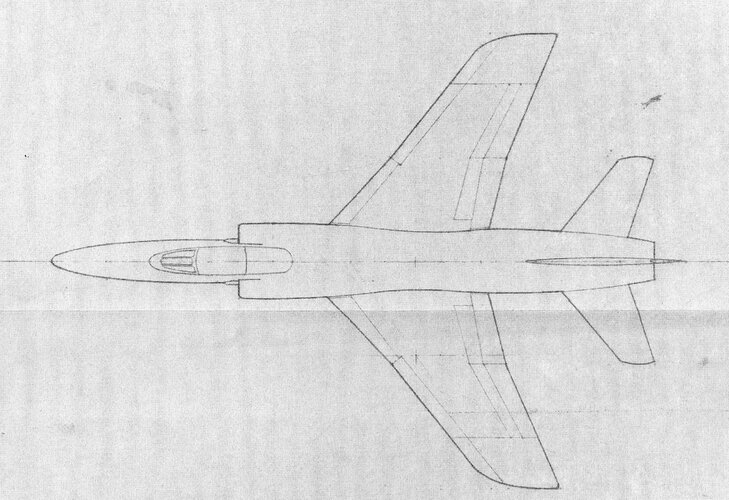Just went to Pensacola NAS museum yesterday. Tiger is a very small, slim fighter more akin to an A-4 size than an A-7 or F-8. The F-3 was very thick and tall, closer to size of an A-7 or F-8. F-3 is not so small. Its amazing how tiny the Tiger is, seemed almost smaller in some ways than some F-5s I've seen. And like an F-5, it looks like a toy compared to most others. If anything the Tiger maybe should have been marketed as a contender for allied airforces as a light fighter. Two sidewinders look as if it would have been a heavy load.
As you enter the third hanger there is an AIM-26A. It was pretty modest size, not the heavyweight some have said. Much more compact and half the size if not more than the Pheonix. There is a HARM by the entrance and it wasn't much different than a Sparrow. No ARM that I could find to compare with.
One of the guys at the front desk was an F-8 pilot for USMC and flew out of Da Nang. He said J65 was a solid engine compared to other options at the time. He said he never had to operate from on a carrier as his jets flew into there and out via Japan. The F/A-18 sits next to an F-14 and they are very similar in size. F-14 looks thicker, but I cannot imagine it took up more space in a hanger.
As you enter the third hanger there is an AIM-26A. It was pretty modest size, not the heavyweight some have said. Much more compact and half the size if not more than the Pheonix. There is a HARM by the entrance and it wasn't much different than a Sparrow. No ARM that I could find to compare with.
One of the guys at the front desk was an F-8 pilot for USMC and flew out of Da Nang. He said J65 was a solid engine compared to other options at the time. He said he never had to operate from on a carrier as his jets flew into there and out via Japan. The F/A-18 sits next to an F-14 and they are very similar in size. F-14 looks thicker, but I cannot imagine it took up more space in a hanger.




